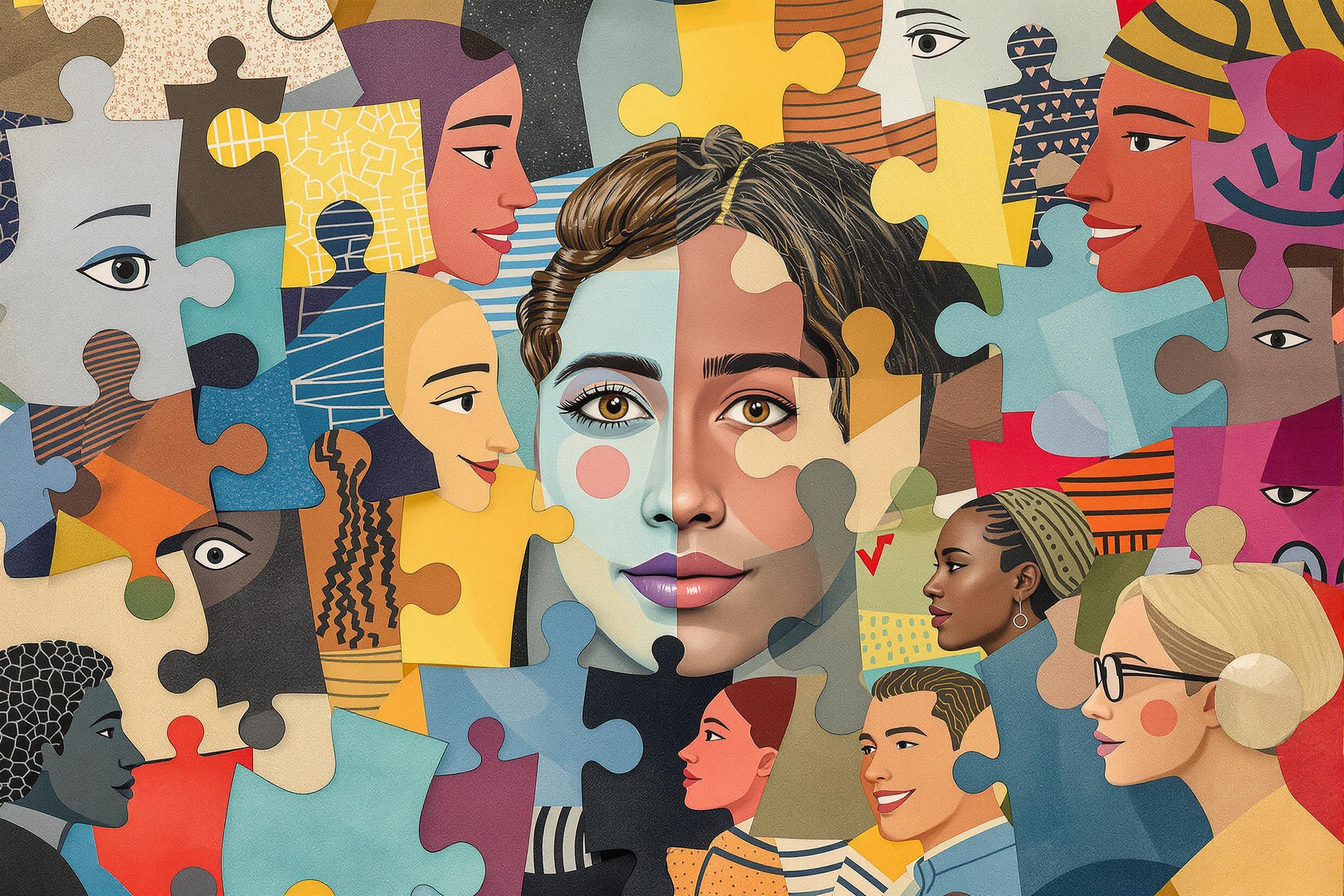
Period Costume
Period Costume refers to clothing and accessories designed to accurately represent a specific historical time period in theatrical productions, operas, or films. This includes not just the main garments, but also accessories, undergarments, and hairstyles authentic to that era. When someone lists this on their resume, they're showing they can research, create, or manage costumes that match historical times, like Victorian England or Ancient Rome. Similar terms include "historical costume," "historical dress," or "era-specific wardrobe." These roles require understanding of both historical fashion and modern theater/opera production needs.
Examples in Resumes
Designed Period Costume collection for Mozart's 'The Marriage of Figaro'
Supervised team of 5 seamstresses in creating Period Costumes for Shakespeare festival
Managed Historical Costume inventory and maintenance for major opera company
Created detailed Period Costume and Historical Dress designs based on 18th-century research
Typical job title: "Costume Designers"
Also try searching for:
Where to Find Costume Designers
Professional Organizations
Job Boards
Professional Networks
Example Interview Questions
Senior Level Questions
Q: How do you manage a costume budget for a large-scale period production?
Expected Answer: A senior costume designer should discuss budget allocation between materials, labor, and rentals, explain cost-saving strategies while maintaining historical accuracy, and demonstrate experience with vendor negotiations and inventory management.
Q: How do you handle last-minute costume alterations during dress rehearsals?
Expected Answer: Should explain prioritization systems, quick-fix solutions that maintain quality, and how to manage emergency alterations while coordinating with production schedule and multiple performers.
Mid Level Questions
Q: How do you research historical accuracy for period costumes?
Expected Answer: Should discuss use of historical resources, museums, period paintings, and fashion history books, plus how to balance historical accuracy with practical stage requirements.
Q: What's your process for adapting period costumes for modern stage lighting and movement requirements?
Expected Answer: Should explain how to modify historical designs for durability and movement while maintaining period appearance, and understanding of fabric choices that work under stage lights.
Junior Level Questions
Q: What basic materials and techniques do you use for period costume construction?
Expected Answer: Should be able to name common fabrics and basic construction techniques used in costume making, showing understanding of fundamental sewing and alteration skills.
Q: How do you organize and maintain a costume inventory?
Expected Answer: Should demonstrate knowledge of basic inventory systems, cleaning and storage procedures, and how to track costume pieces through production runs.
Experience Level Indicators
Junior (0-2 years)
- Basic sewing and alteration techniques
- Understanding of fabric types
- Costume maintenance and storage
- Basic historical fashion knowledge
Mid (2-5 years)
- Pattern making and fitting
- Detailed historical research
- Budget management
- Team coordination
Senior (5+ years)
- Full production costume design
- Department management
- Complex period accuracy
- Large-scale project oversight
Red Flags to Watch For
- No hands-on sewing or alteration experience
- Lack of historical fashion knowledge
- No experience with theatrical or opera productions
- Unable to work within production schedules
- No understanding of costume durability needs for performance wear
Need more hiring wisdom? Check these out...

Cracking the Code: How to Source Talent in APAC and EMEA with Cultural Sensitivity

Global Compliance Checks: The Hidden Puzzle Pieces of Background Screening Revealed

Culture Add vs Culture Fit in Hiring: Why It May Be Time to Rethink Your Approach

